Timeline of ATA
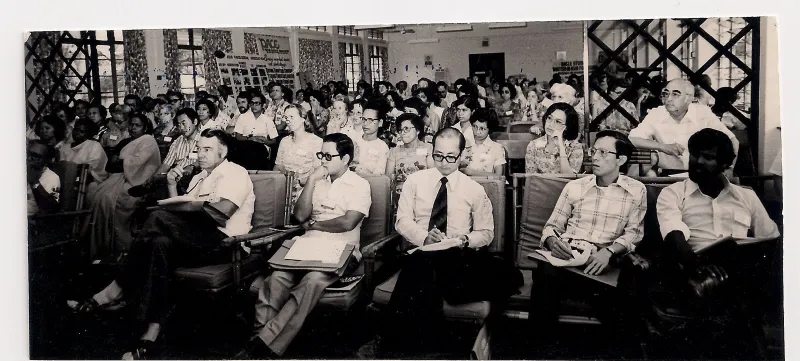
The Asia Pacific Congress
The Asia Pacific Congress on Evangelism was held in Singapore and there around 50 evangelical church leaders and theologians thought of and talked amongst themselves how to promote evangelical theological education and formulate an evangelical theology in Asia. The thought of ATA was conceived here.
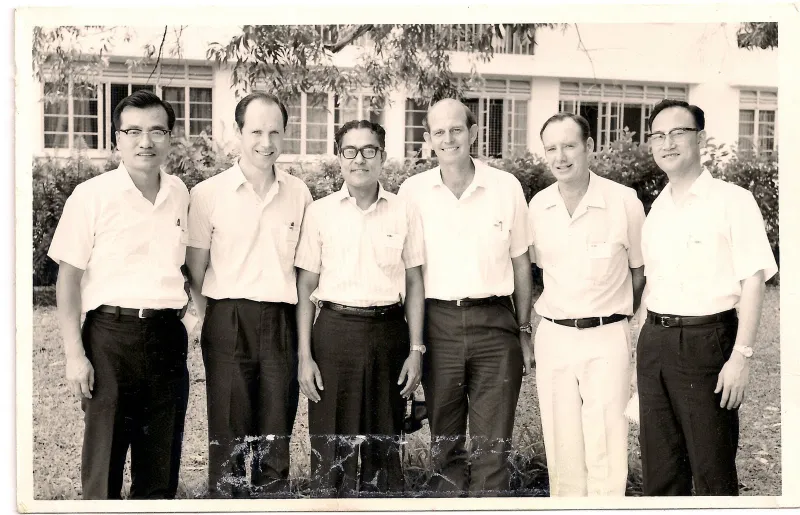
TAP- Asia
ATA was officially founded but was first known as “TAP- Asia”, where TAP stands for “Theological Assistance Program” with Dr. Bong Rin Ro as the first General Secretary and Dr. Saphir Athyal as the founding chairman.
Its first ever theological consultation was held in that same year on the 5th to the 7th of July at Singapore.

TAP-Asia was renamed to Asia Theological Associaion.
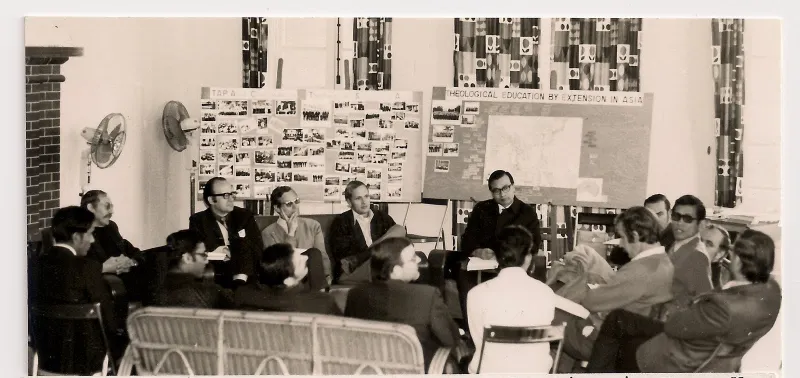
The accreditation program of ATA was born. Visiting Evaluation teams begun to be sent out.
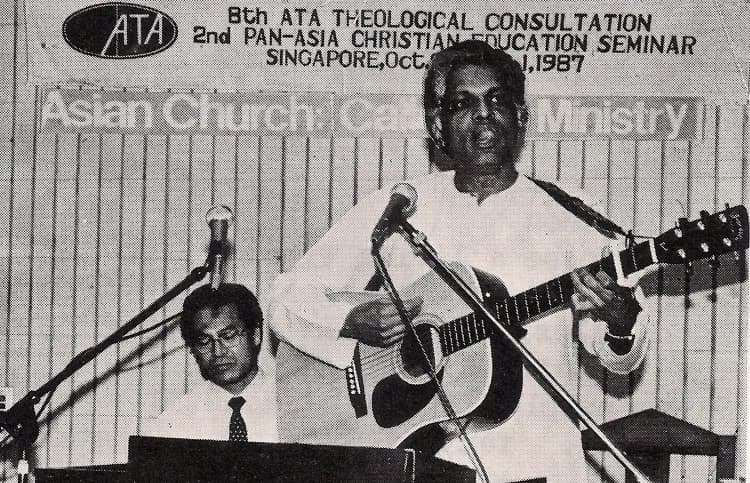
Dr. Bong Rin Ro stepped down from being General Secretary and passed the baton to Dr. Ken Gnanakan
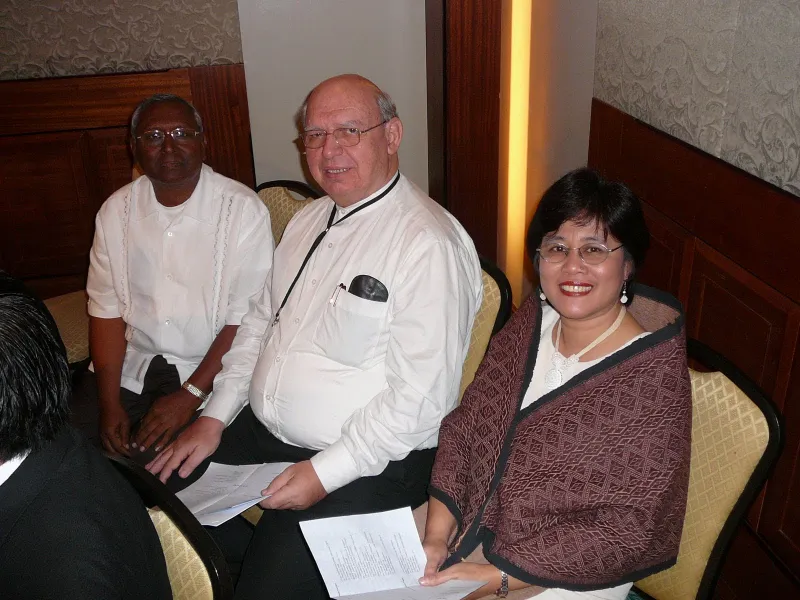
Permission was given for ATA India to operate semi autonomously with Dr. Brian Wintle as regional secretary.
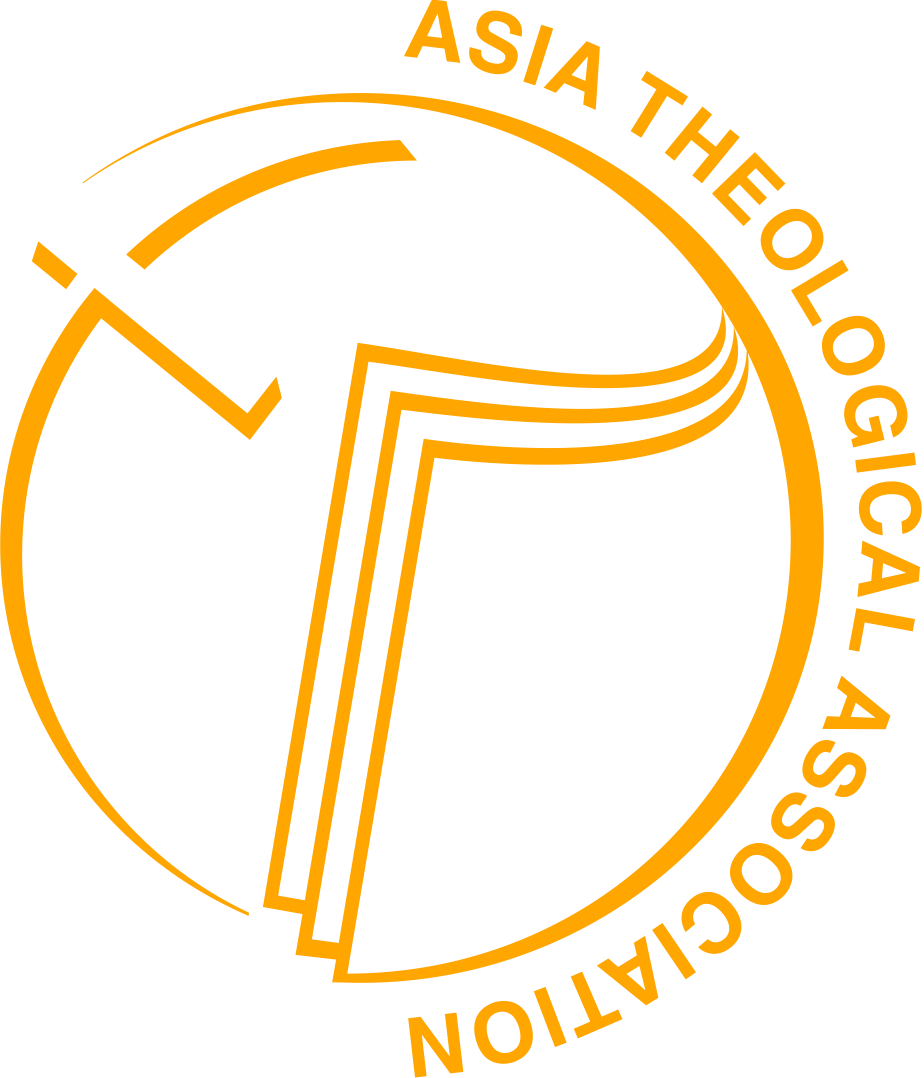
Ken Gnanakan stepped down and passed the baton to Rev. Derek Tan. It was during his tenure that the logo of ATA was born and the ABC series launched.
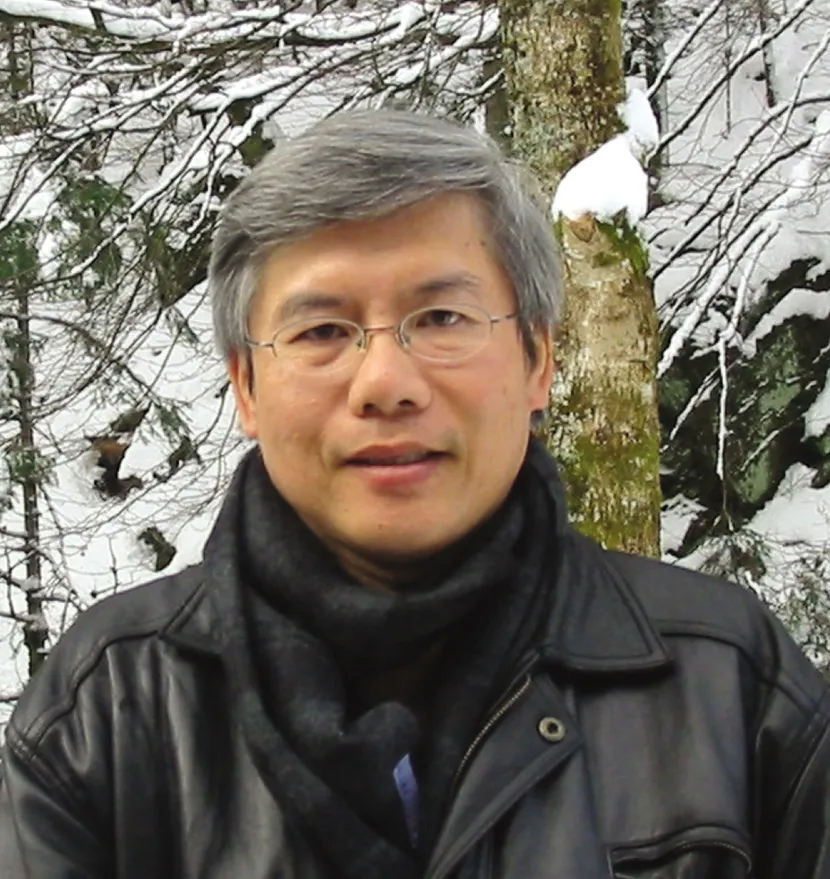
Rev. Derek Tan suddenly passed away and Dr. Brian Wintle takes over as interim General Secretary.
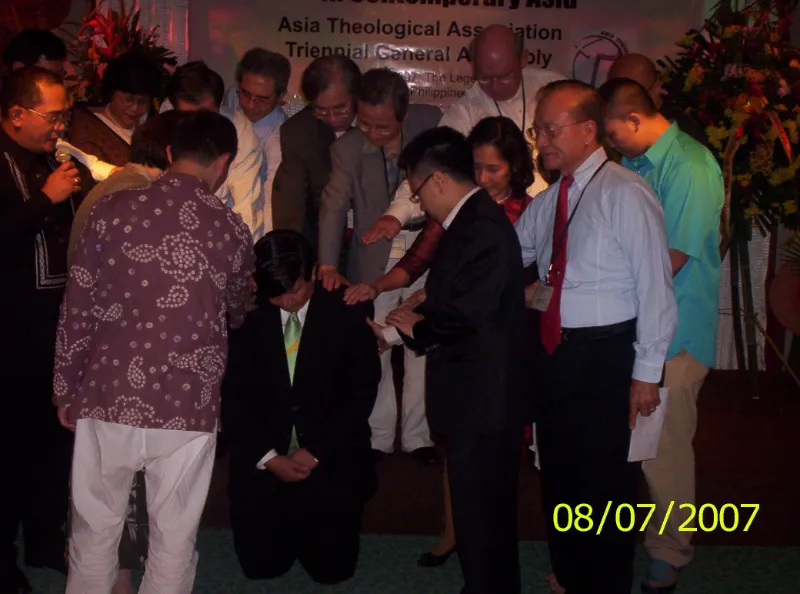
Dr. Joseph Shao was appointed as the fourth General Secretary. During his tenure, the membership of ATA grew from 180 to 300 Bible colleges and seminaries.
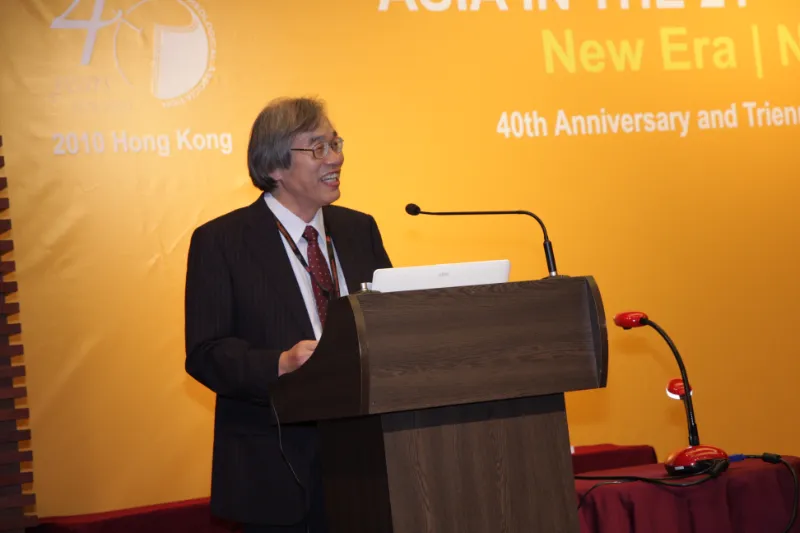
ATA celebrated its 40 th anniversary.
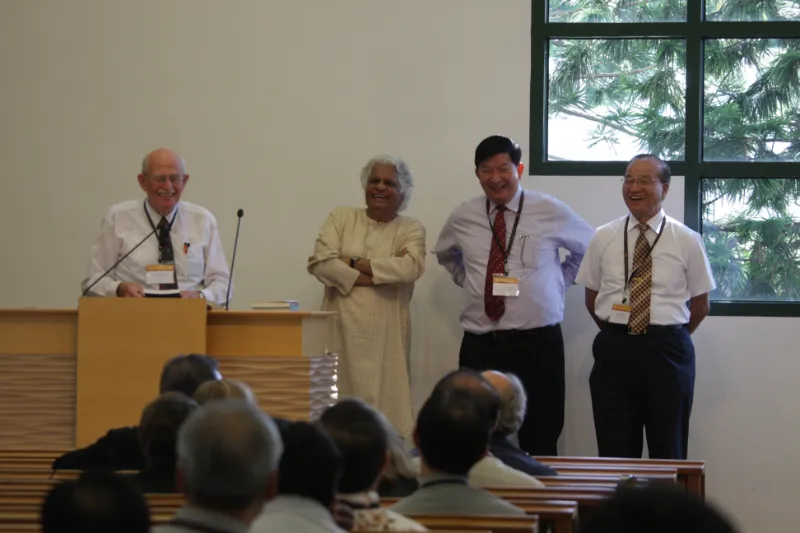
Dr Brian Wintle stepped down as Regional Secretary and Dr Paul Cornelius took over as the Regional Secretary.
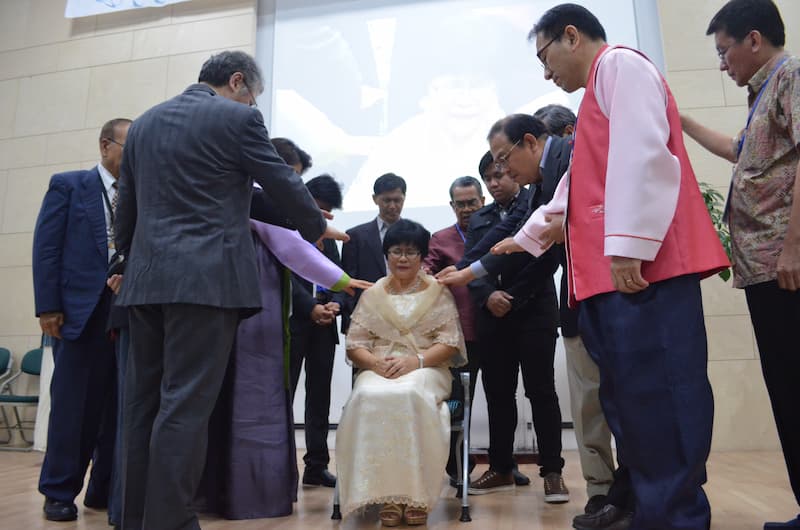
Dr. Joseph Shao stepped down as General Secretary and Dr. Theresa Lua took over as the 5 th general secretary.
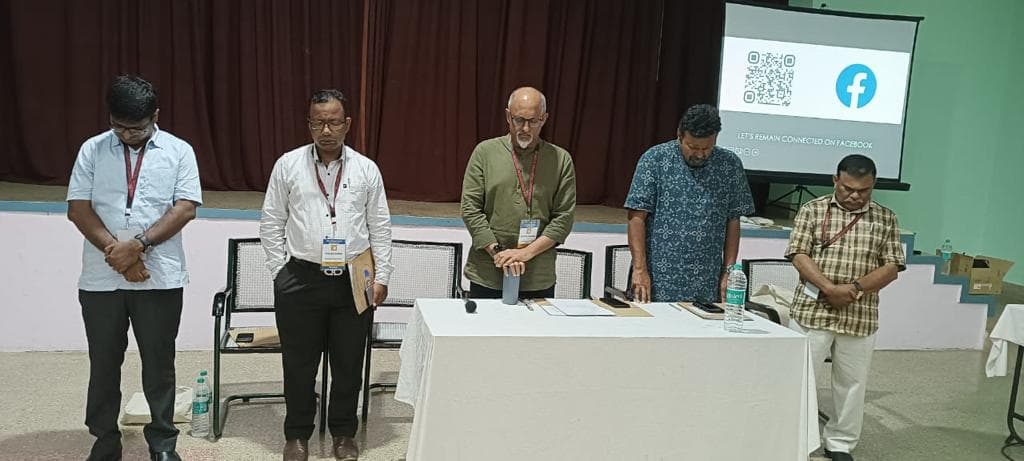
Dr. Paul Cornelius stepped down as Regional Secretary and Dr. Bennet Lawrence took as the Regional Secretary Designate.
History of ATA
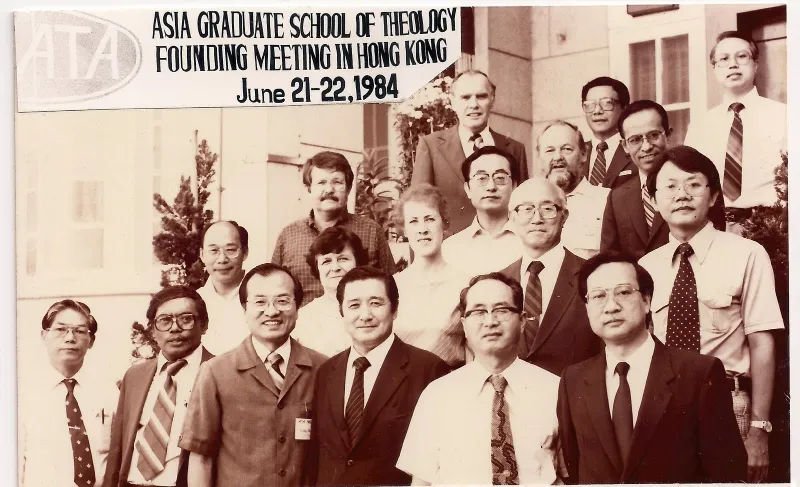
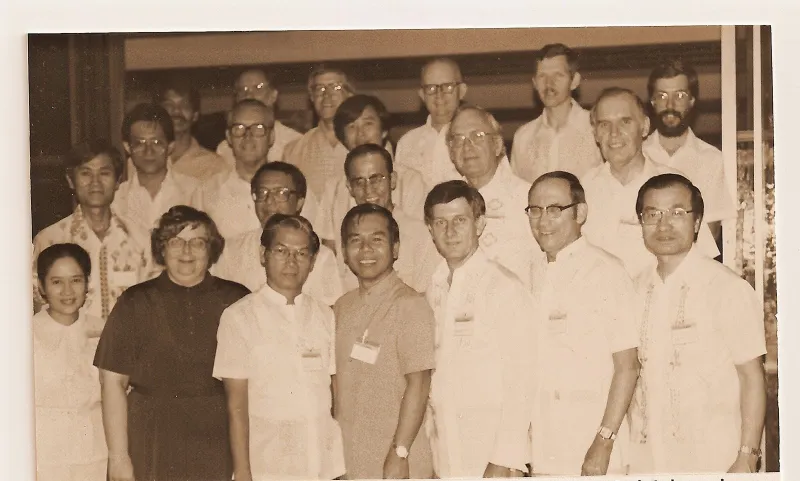
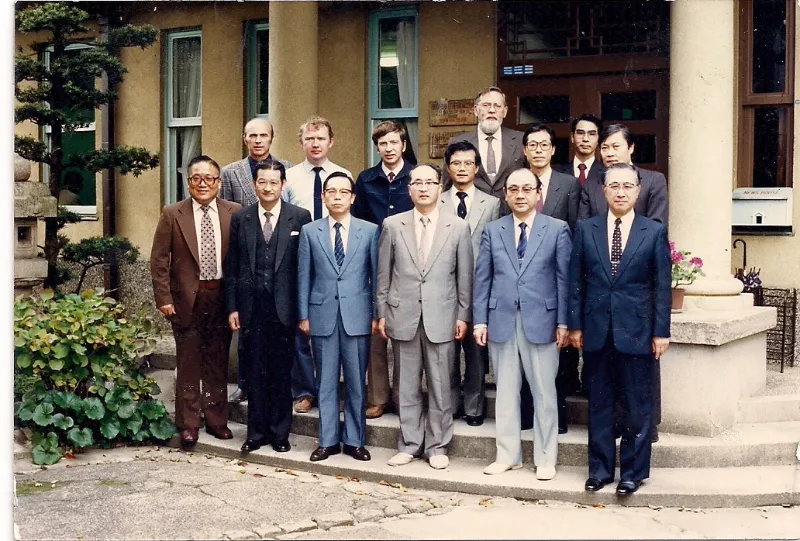
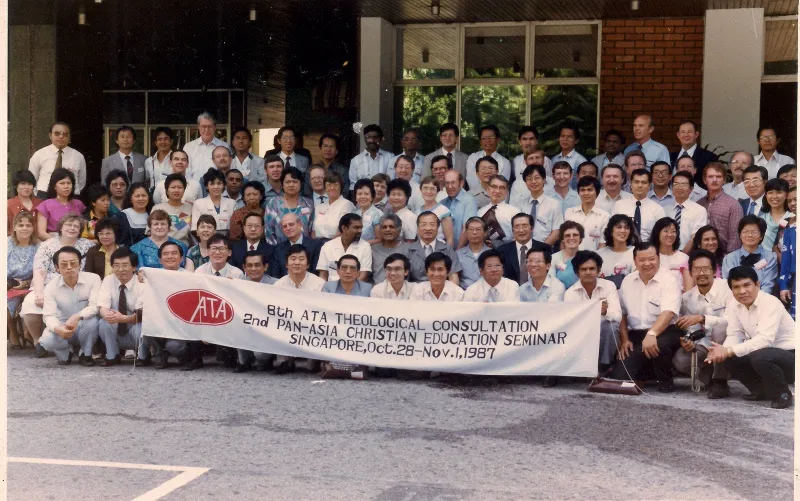
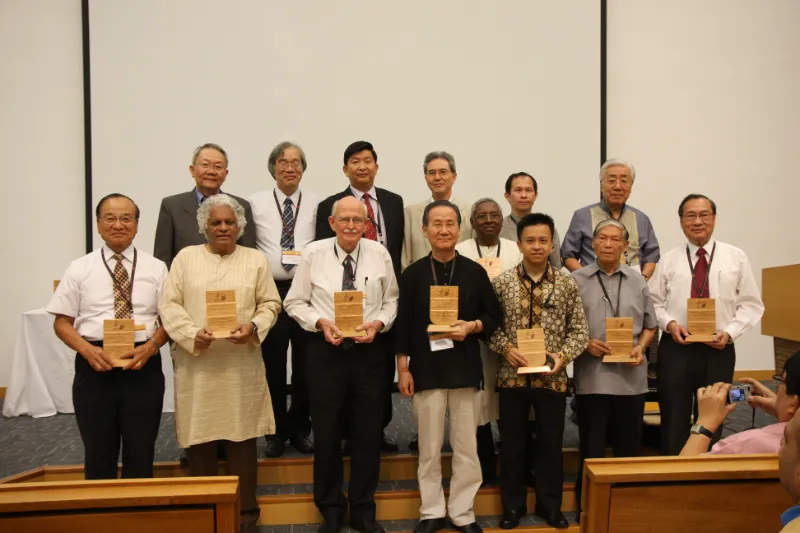
Amid the growth of universalism, liberalism, and syncretism, 50 Christian leaders met at the Asia-Pacific Congress on Evangelism in Singapore in 1968. Aiming to safeguard untrained Asian believers from these schools of thought, they decided to develop an evangelical faith for and in Asia. Thus, the idea behind ATA was conceived.
Meanwhile, several evangelical fellowships in the continent were uniting to set up theological schools, and joined the World Evangelical Fellowship (WEF). In response, the WEF launched the Theological Assistance Program (TAP) in 1968 to develop indigenous theological commissions and societies, and interchange faculty between theological schools.
On July 5, 1970, 51 Christian leaders from across Asia, New Guinea, Australia, and New Zealand met for a three-day consultation at Trinity Theological College, Singapore, and decided to set up theological centres in Korea, Singapore, and India. They also planned to develop a core theological curriculum and criteria for accreditation, produce Asian textbooks for Asian schools, initiate ‘theological education by extension’, develop evangelical societies, and meet the following year. This was the beginning of ATA.
At the second consultation, held in 1971, the theologians of the Asia-Pacific Congress joined the TAP and formed TAP-ASIA, which then established the Center for Advanced Theological Studies in Korea and the Theological Research and Communication Institute in India. The third consultation was held between 1973 and 1974, and the delegates adopted a new name — Asia Theological Association (ATA).
In 1975, ATA published the first edition of the Asia Theological News, and distributed it to hundreds of seminaries in Asia, which, in turn, expressed four needs — an institution to accredit their courses, a graduate theological school for Asian students, a theological education by extension (TEE) program, and guidelines for Christian Education (CE).
In response to the first need, ATA launched its accreditation program in 1977 by sending a manual and questionnaire to 900 theological schools in Asia, saying it would accredit schools that fulfil these criteria. To meet the second need, ATA launched the Asia Graduate School of Theology (AGST) in 1984 and chose Indonesia, Japan, Korea, and the Philippines to host it. As for the third need, ATA organised TEE seminars and workshops in different countries, and accredited the first TEE program in 1988. To meet the fourth need, ATA organised pan-Asia CE seminars, and in 1987, launched a doctoral program in christian education.
In 1991, the General Assembly approved the formation of ATA-Japan, and in 1998, the formation of ATA-India, which was permitted to operate as a semi-autonomous body. Bangalore, India, hosted the ATA office in the 1990s, when regional brackets — North-East Asia, South-East Asia, and South Asia — were created for easier accreditation, evaluation, and establishment of regional AGST programs.
While the world debated the role of women in ministry, ATA in 2016 appointed its first female General Secretary, Dr. Theresa Roco Lua, under the conviction that God created men and women in His image as co-rulers over his creation. A graduate of AGST-Philippines, she had been editing and distributing a six-page quarterly report on ATA’s ministry for about 10 years, besides being actively involved in other activities such as leading accreditation evaluation visits and organising value added services.
The Lord Jesus spoke of his kingdom in the following imagery: “The heavenly kingdom is like a mustard seed that a farmer plants in the field — although it is smaller than many seeds, when it grows, it becomes larger than many bushes in the gardens and becomes a shelter for birds to perch on its branches” (Matt 13:31–32). ATA, a part of God’s work, reflects such a growth — beginning a little over 50 years ago as a “seed-thought” in few Christians’ minds, it has grown to be a theological tree that shelters 326 member-institutions from 33 nations. To God be the glory!
